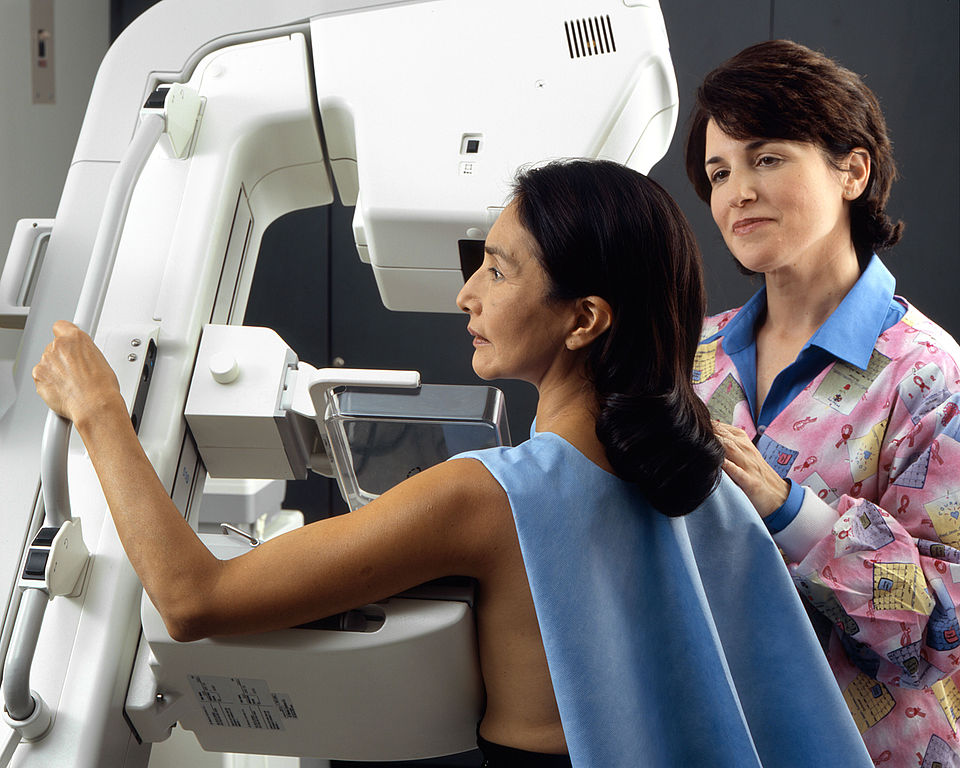Women who get mammograms to screen for breast cancer risks receive letters informing them of their results. In many cases, the notification states that while the scan is clear, the breasts are dense – something that is associated with higher chances for cancer. Around half of US states require health care providers to inform women if they are in that category, NPR reports.
But researchers say that gauging breast density is not a cut-and-dried process. A new study found that assessments of breast density varied among radiologists. This means that women should not be unduly alarmed if they ae said to have dense breasts, nor should they assume that there is something wrong right away if the said density changes with every mammogram.
Brian Sprague, study author and cancer epidemiologist at the University of Vermont, says that,
Women and providers should keep in mind that density is a subjective measure.
Breast density, he adds, is just one factor that contributes to a woman possibly getting breast cancer.
Around 40% of women between the ages of 40 and 74 have dense breasts, which means they have more breast tissue and connective tissues, and less fatty tissue, than women who don’t have dense breasts. This can only be seen on a mammogram.
Dense breasts make is more difficult for radiologists to pinpoint possible abnormalities on a mammogram, and the tissue itself is an independent factor in breast cancer.
The researchers studied 216,783 mammograms from over 145,000 women, interpreted by 83 different radiologists in Pennsylvania, Vermont, Massachusetts and New Hampshire. The average ratio of mammograms that were categorized as “extremely dense” or “heterogeneously dense” was 38.7%. But the proportion of mammograms defined in the two categories by individual radiologists ranged from 6.3 to 84.5%.
Even when the researchers adjusted for age, race and body mass index, the variation stayed the same. Among women who had successive mammograms read by different radiologists, 17.2% got varying assessments on whether or not they should be in the dense or non-dense category.
Dr. Priscilla Slanetz, a radiologist at Beth Israel Deaconess Medical Center, says that the results of the study are not surprising. “There’s agreement usually in the extremes, but a lot of variation in the middle,” she says. Slanetz adds that the guidelines for assessing breast density have changed since the study, but it’s unclear yet how that will impact the number of women assessed as having dense breasts.
The researchers say that their study shows that lawmakers need to be aware that this variation exists, especially in states requiring notification for dense breasts. If all women classified as having dense breasts are pushed towards an ultrasound based on this sole factor, it could mean a lot of unnecessary tests and false positive results.
Slanetz advises women who have been told they have dense breasts to make this a starting point in having a broader discussion on their individual risks. A breast cancer study published last year pointed out that density should not be the only factor is getting additional screening. Nor should women who don’t have dense breasts assume that they have a lower chance of getting breast cancer.
A personal discussion with a doctor or health care provider should cover all possible risk factors, including a history of breast abnormalities, family history of breast cancer and density, Slanetz says. She also suggests digital mammography, which improves cancer detection.
The study was published in Annals of Internal Medicine.
























